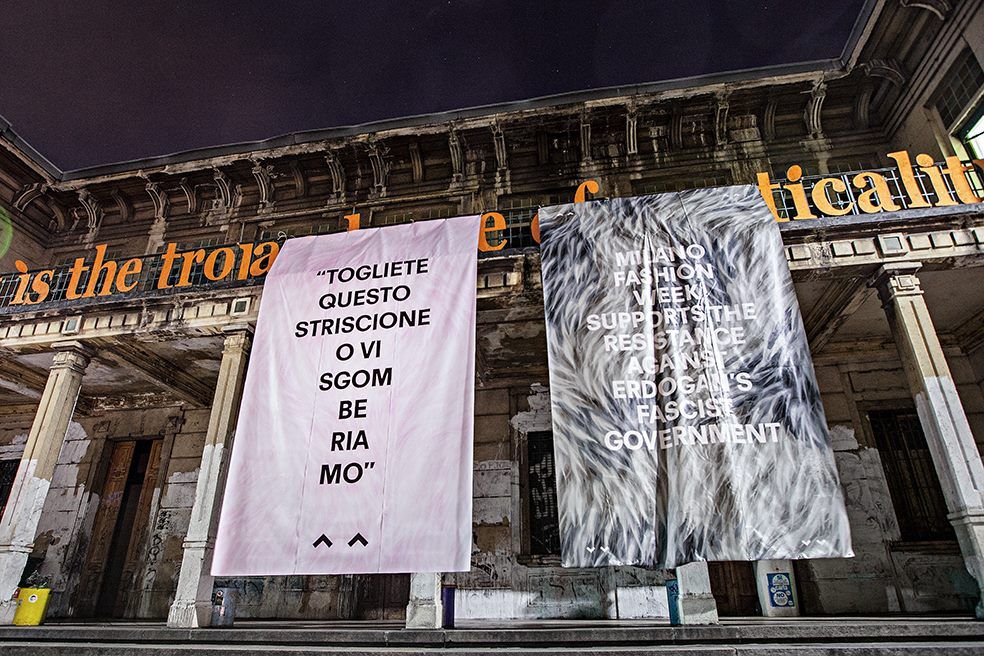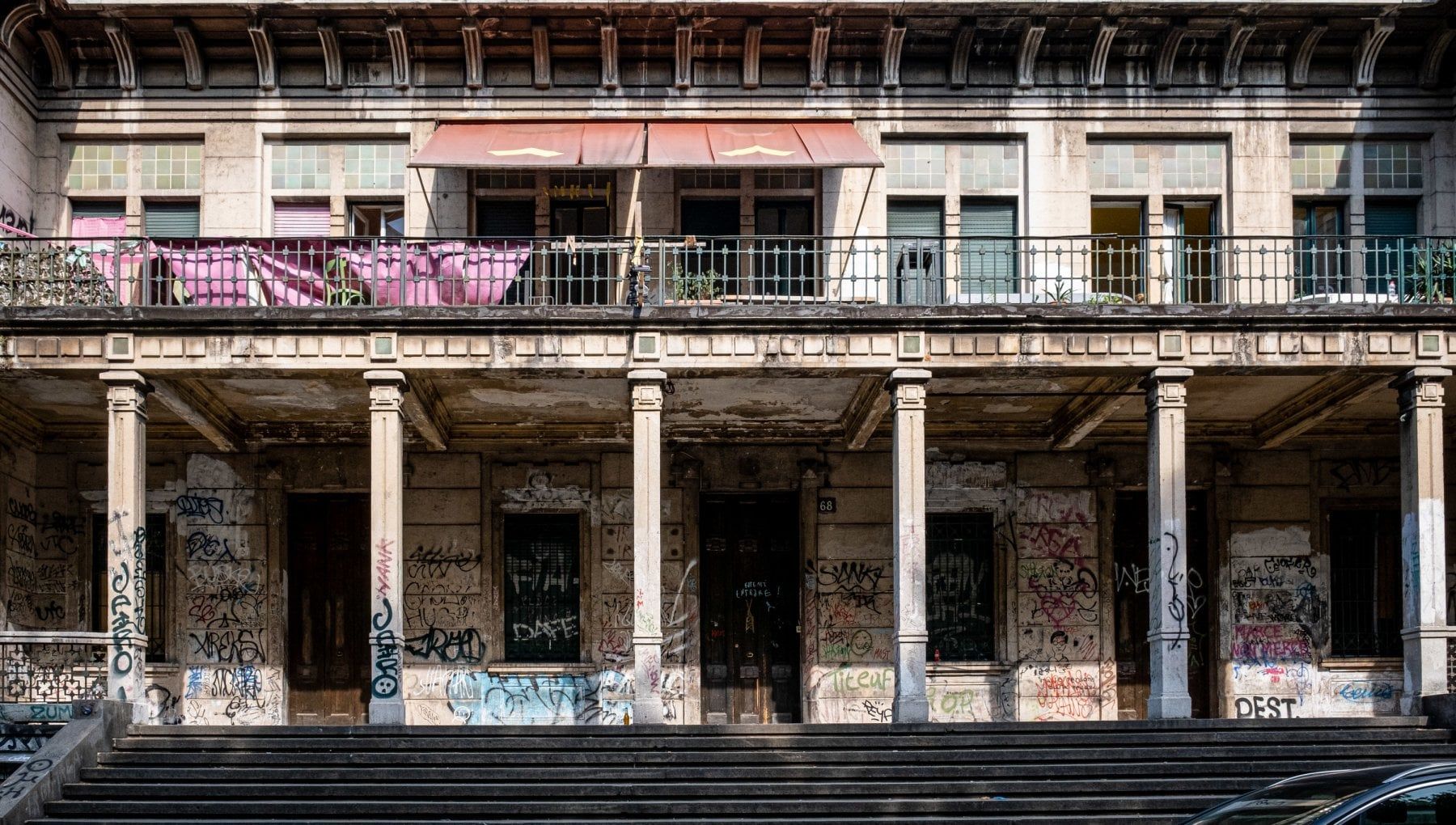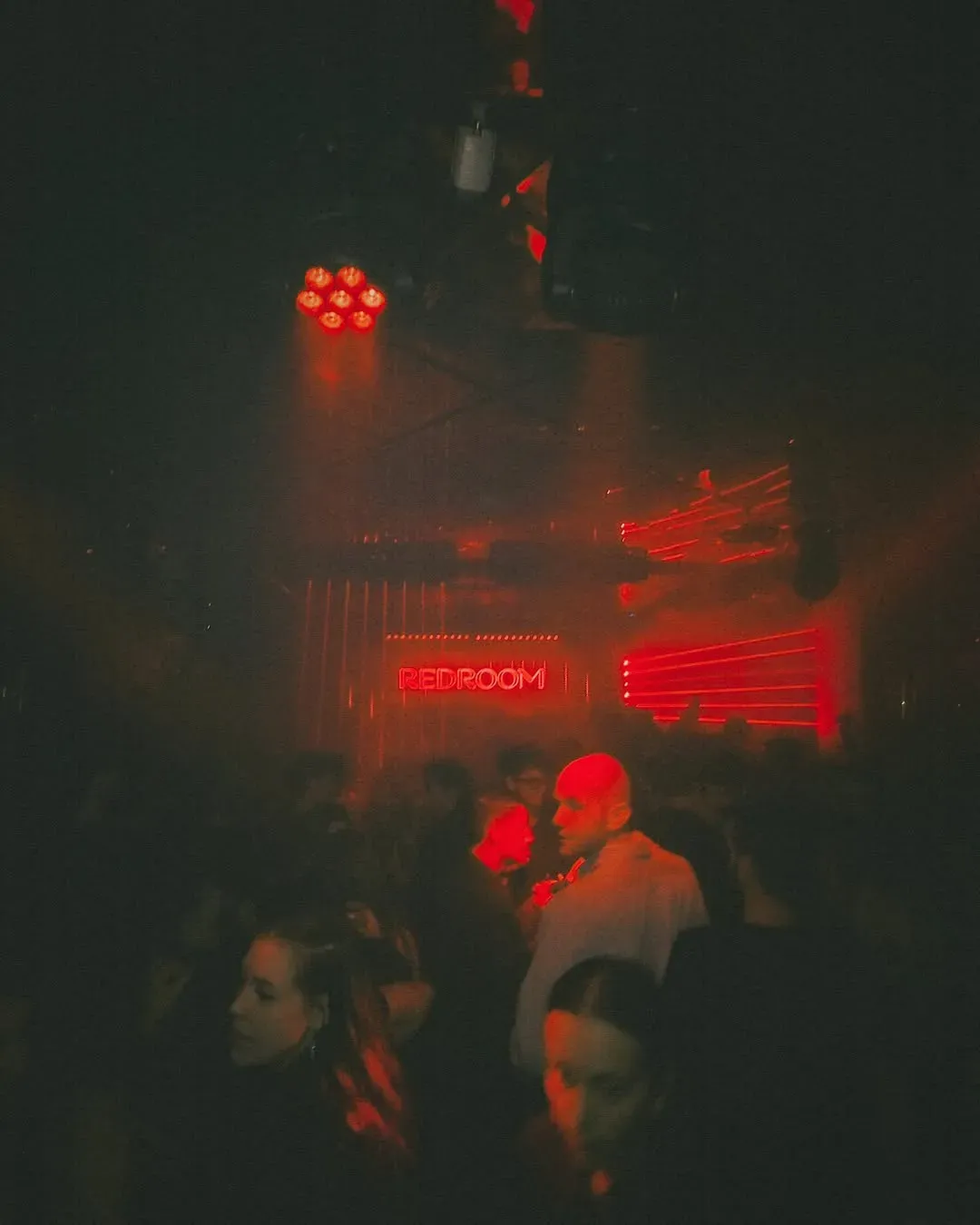
Now that raves are organized on Telegram The messaging app has made clandestine parties available on iPhone
While on Whatsapp, our aunt sends us the daily preyer, Gen Z is probably organizing the rave of the century via Telegram. Widely used as a protest tool thanks to its encrypted messaging features, Telegram has become the best platform for organizing secret DIY raves, recreating all the thrill, hedonism and anonymity of 80s acid houses. With the pandemic, when during the lockdown one of the only channels to 'blow off steam' (as well as get any kind of drugs easily and 'safely') was to stumble upon an illegal rave via Telegram, using the app in this way became an increasingly common practice as interest in forbidden parties soared. The app, which has over 600 million global users and groups of up to 200,000 members, has become the melting pot of the world's coolest illegal parties, from the catacombs of Paris to the rooftops of Berlin.
Berlin, Paris, London, Milan, secret raves have been organized via social media, from ads in close friends on Instagram to closed groups on Facebook. But Telegram, with its hacker-proof encryption, self-destruct timers for particularly sensitive messages and additional password protection within the app, has created the perfect tool for off-grid parties, adding an extra layer of protection for the identity of organizers. Co-founded in 2012 by Russian tech entrepreneur Pavel Durov and his brother Nikolai to get around the radar of Russian authorities monitoring apps like WhatsApp, in a relatively short time it has become the perfect alternative to the dark web: from paedophilia, drugs and pirated films, including channels reporting sightings of bus conductors and now raves.
As reported in an article in The Face, in late 1980s London half the fun of going to illegal raves was tracking down addresses via flyers and attractively designed stickers, even if haphazardly distributed in phone boxes. A map to the meeting point was often printed on the back, collected from record shops in Soho, Brixton or Camden. In a way, the use of Telegram to communicate information about party coordinates, revealed just before the start and then promptly deleted, recreates the thrill and adventure of old school parties. The locations chosen are recurring: for a rave on the outskirts of Turin organised in 2021 via Telegram - which involved 6,000 people - an abandoned industrial area was chosen, in 2022 a picnic area near Sieti, other times villas or flats. These locations are reminiscent of the history of Italian clubbing, when the occupation of Fintech transformed a huge former factory in Castel Romano into a permanently autonomous building, thanks to the permanent presence of tribes and travellers from all over the world, or the Link in Bologna, a socio-cultural experience that has been going on for more than 30 years, and the historic Macao in Milan, in Viale Molise, which opened in 2012 and was recently evacuated.
In Italy at the beginning they didn't even use the word rave. On the flyers it said techno non-stop 24 hours or techno party. There were no videos of the evenings, no particular fanzines, no newspapers or radios about them. Nobody cared about who was organising or who was playing, there were parties without consoles, anonymous DJs and anyone with a phone or camera was definitely frowned upon. The free parties, in short, were 'a virus within the metropolis' where anonymity was an added value. Telegram has brought rave culture back to its beginnings, with less show-offs and more extremism, in a dimension where, for the first time in a while, it is more important to be at a party than to show on social media that you have been there.





















































